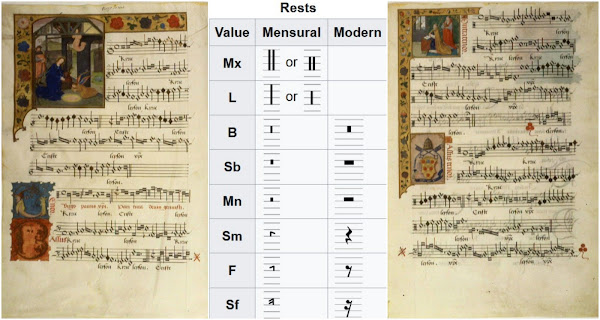Hamlet to Gertrude: "when you are desirous to be blest, I’ll blessing beg of you" (part 1)

In Hamlet 3.4, after scolding his mother to repent of her marriage to his Uncle Claudius, Hamlet says a curious thing: "when you are desirous to be blest, I’ll blessing beg of you." (3.4.192-3) [1] If his mother desires or needs to be blest, why would Hamlet beg blessing of her? If someone desired medical aid, would you ask them to heal you? If they were hungry, would you ask them to feed you? This is counter-intuitive. But it may foreshadow something yet to come; it may also reflect a certain spiritual dynamic. To understand Hamlet’s cryptic statement, we might ask: Are there Bible stories that conform to this pattern, asking a favor of a person who is in need? Stories with which Shakespeare and his age were familiar? The answer is yes. Certain Bible tales demonstrate this dynamic. These include tales of Elijah and Elisha helping widows, and gospel tales of Jesus feeding multitudes. In each, a person or group is in need, and the prophet or Jesus first asks a favor be...









